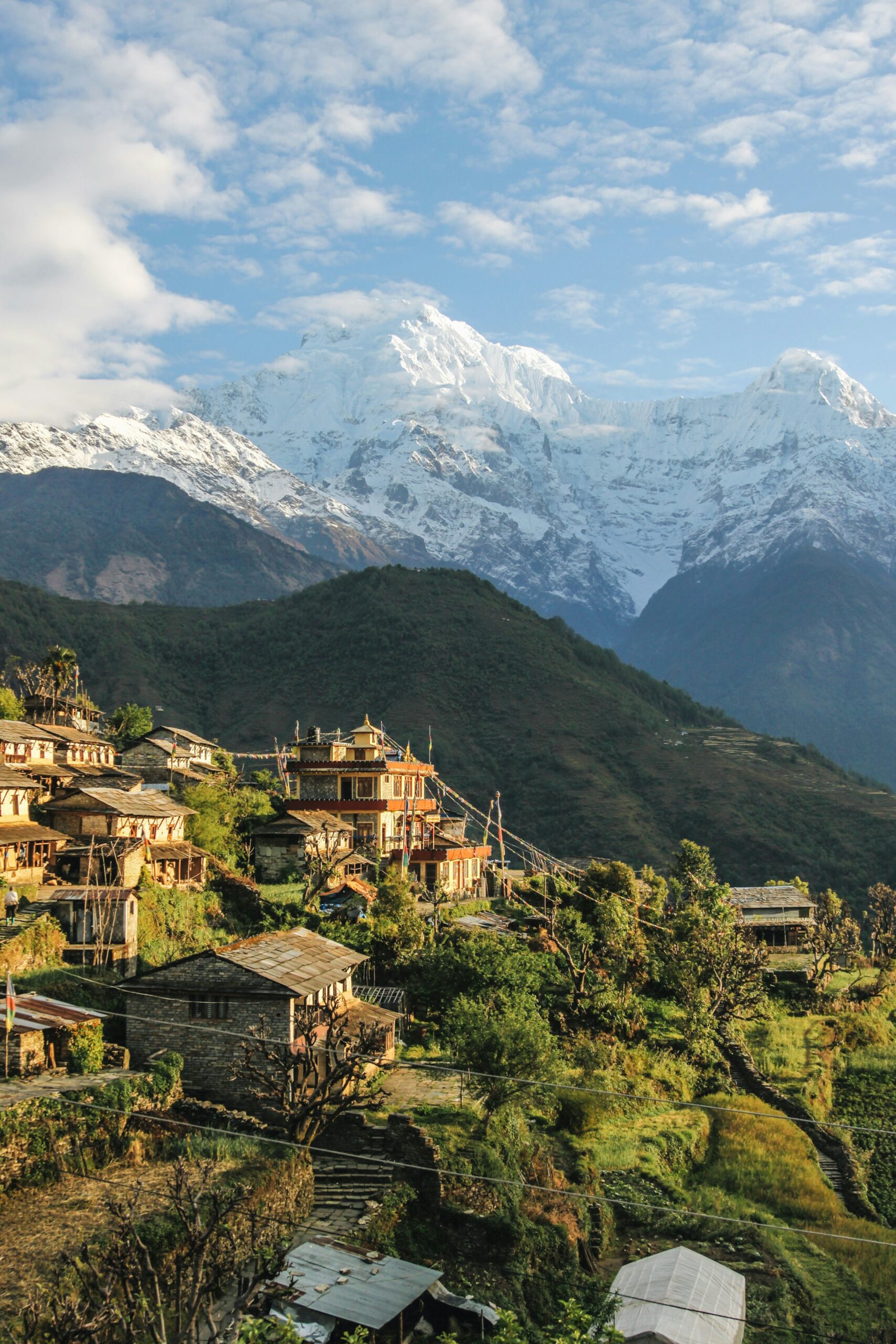Introduction
Nepal, a landlocked country in South Asia, is known for its breathtaking landscapes, rich cultural heritage, and warm hospitality. Whether you are planning to visit, work, study, or do business in Nepal, here is some useful information to make your experience enjoyable and hassle-free.
Location and Surface Area
Nepal is nestled between China to the north and India to the south, east, and west. It covers an area of approximately 147,516 square kilometers and is home to diverse geographical features, including the majestic Himalayas, lush valleys, and fertile plains.
Climate
Nepal experiences four distinct seasons: spring (March to May), summer/monsoon (June to August), autumn (September to November), and winter (December to February). The climate varies depending on the altitude, with the lowland Terai region being hot and humid, while the higher regions have cooler temperatures.
Fauna and Flora
Nepal boasts incredible biodiversity, with a wide range of flora and fauna. From the endangered one-horned rhinoceros and Bengal tiger in Chitwan National Park to the elusive snow leopard in the Himalayas, nature enthusiasts will be captivated by the country’s wildlife. The lush forests are home to various species of birds, butterflies, and medicinal plants.
Attractions
Nepal offers a plethora of attractions for visitors. The capital city, Kathmandu, is a vibrant hub of ancient temples, palaces, and bustling markets. The serene lakeside town of Pokhara provides a perfect base for exploring the Annapurna mountain range and enjoying adventure sports like paragliding and trekking. Other must-visit places include Lumbini, the birthplace of Lord Buddha, and the medieval city of Bhaktapur.
Population
With a population of around 30 million people, Nepal is a melting pot of ethnic diversity. The major ethnic groups include the Indo-Aryans, Tibeto-Burmans, and indigenous communities, each contributing to the country’s cultural tapestry.
Currency
The official currency of Nepal is the Nepalese Rupee (NPR). It is advisable to carry some cash in smaller denominations, as credit cards may not be widely accepted in remote areas. There are currency exchange facilities available at airports, banks, and authorized exchange counters.
Visa
Most visitors require a visa to enter Nepal. Tourist visas can be obtained upon arrival at Tribhuvan International Airport in Kathmandu or at various land border crossings. However, it is recommended to check the latest visa requirements and regulations before your trip.
Official Languages
Nepali, the official language of Nepal, is widely spoken throughout the country. English is also commonly understood and spoken, especially in tourist areas, making it easier for visitors to communicate and navigate their way around.
Culture and Customs
Nepal is known for its rich cultural heritage and diverse traditions. The majority of Nepalese follow Hinduism and Buddhism, which greatly influence the country’s festivals, rituals, and way of life. It is important to respect local customs and traditions, such as removing your shoes before entering religious sites and dressing modestly.
Hospitality
Nepalese people are renowned for their warm hospitality and friendly nature. Visitors can expect to be greeted with a genuine smile and offered a cup of tea as a gesture of welcome. It is common to be invited into homes and treated as an honored guest, reflecting the country’s deep-rooted culture of hospitality.
Main Cities
In addition to the capital city, Kathmandu, other major cities in Nepal include Pokhara, Biratnagar, Lalitpur, and Bharatpur. Each city has its own unique charm, offering a blend of ancient traditions and modern amenities.
Airports and Airlines
Tribhuvan International Airport in Kathmandu is the main gateway for international travelers. Several airlines operate regular flights to and from Nepal, connecting it to major cities around the world. Domestic flights are also available, providing convenient access to different parts of the country.
Conclusion
Nepal, with its awe-inspiring landscapes, vibrant culture, and warm hospitality, is a destination that has something to offer every visitor. Whether you are drawn to the majestic Himalayas, ancient temples, or the rich biodiversity, Nepal is sure to leave a lasting impression. Plan your trip, immerse yourself in the local culture, and create memories that will stay with you forever.

